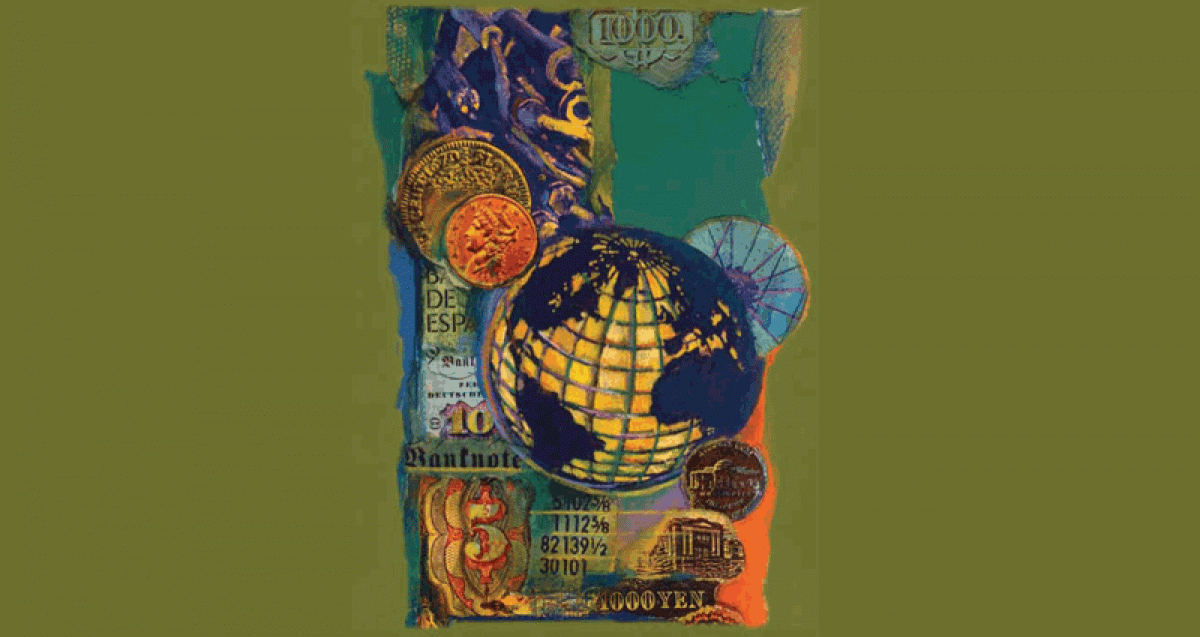
In the changing global environment of development cooperation, trust funds have emerged as a significant pillar of the global aid architecture, used to address limitations in bilateral aid and fill perceived gaps in the operations of multilateral institutions. They currently account for about 11 percent of official development assistance (ODA) , and they finance a substantial part of the World Bank’s business. The activities they fund are highly varied, ranging from huge global programs with their own governance structures to conventional development projects, debt and disaster relief operations, and technical assistance.
This IEG evaluation assesses the value of the trust fund vehicle as a way of delivering aid and the effectiveness and efficiency of the deployment of trust fund resources. In addition, the evaluation assesses the Bank’s management and accountability for the use of trust fund resources and the impact of trust funds on the Bank’s development role.
Because trust funds help overcome limitations in bilateral aid, address operational gaps in the existing multilateral system, and enable the Bank to enhance its development role, the Bank should continue to accept them.
The Bank and trust fund donors should agree on a more strategic and disciplined approach to Bank acceptance and management of these funds. In particular, the Bank should strengthen its framework guiding the acceptance and management of Financial Intermediary Funds—trust funds where the Bank does not have supervision or oversight of the use of resources, and which often pose greater reputational risks.
Take a three pillar approach
For other trust funds a three-pillar approach consisting of country-specific trust funds; global and regional partnership programs; and multi-donor, multi-recipient umbrella facilities would allow the Bank to strengthen the effectiveness, efficiency, and accountability for results.